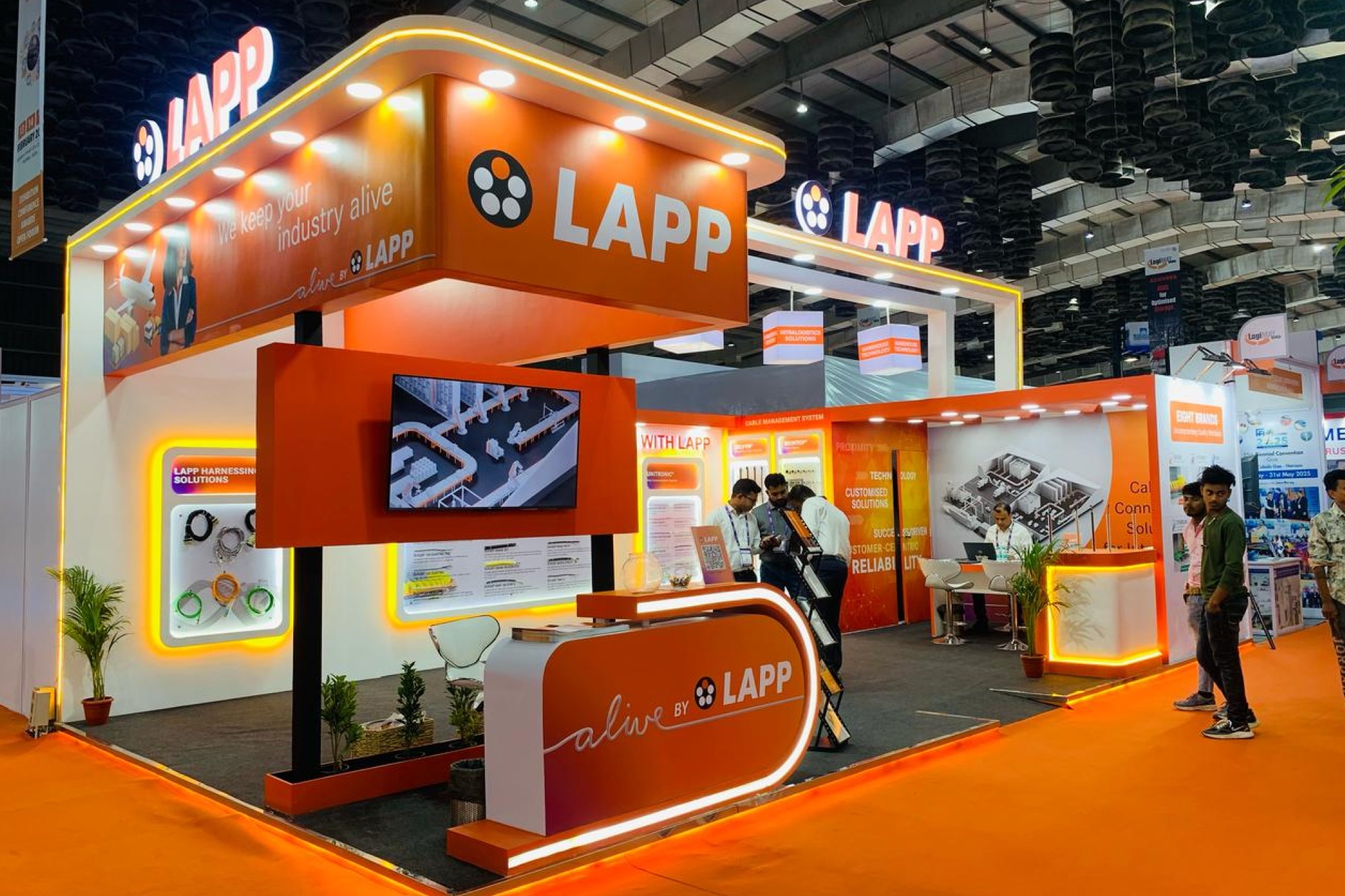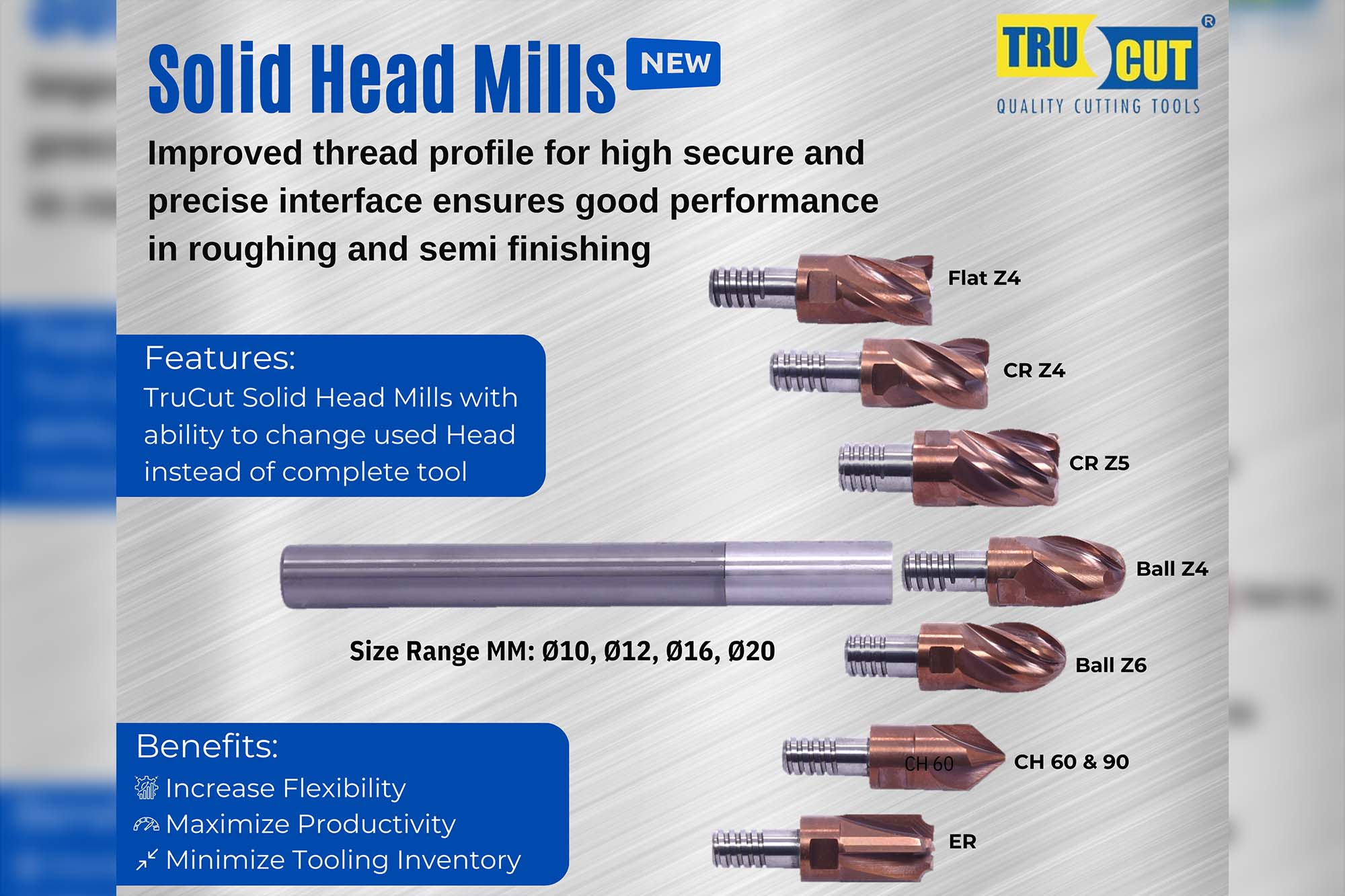Flexible mesh welding
By admin June 29, 2015 2:59 pm IST
Switzerland-based Schlatter is a specialist in flexible production lines for all types of wire mesh and lattice girders. Using B&R technology for its new lattice girder production unit, Schlatter was able to transition smoothly from one-off development of highly specialised machines to series production of highly customisable standard machines. Thanks to openSAFETY, every variant shares the same level of advanced safety technology.
One might say that wire mesh is grate. It is found everywhere, from grills, ovens and refrigerators to shopping carts and store shelves. As a concrete reinforcement or a truss in a prefabricated ceiling, it makes our buildings stronger and more resilient. It is the most frequently used fencing material for demarcating private property or construction sites or restricting access to hazardous areas for industrial safety.
Mesh welders – Made in SwitzerlandSchlatter is a specialist in developing the welding and weaving machinery used to produce wire mesh, screens and girders. The Swiss company has achieved its current size and market position through its high level of expertise in two key areas. With its mastery of mid-frequency electrical resistance welding, Schlatter creates seamless connections between railroad tracks and freight truck axles, while expertise in the field of motion control allows it to provide sophisticated coordination of the wire feed and electrode movement required for precision welding.
From specialised to standardisedWhen it came time to develop its new production unit – which creates the lattice girders that stabilise concrete elements used in prefabricated construction – Schlatter adopted an entirely new strategy. “In the past, each Schlatter machine was developed individually for a specific customer,” explains technical manager Beat Huber. “Our goal now is to move toward more standardised production. To do this without compromising the flexibility that is so important to our users, we gave the CTM310 a highly modular design.” The new solution unwinds wire with a diameter of 5-16 mm from multiple winding tables holding three-ton or five-ton coils and feeds a belt of four wires into the welding unit, where they are bent and welded. At the final station, the finished girders are cut to length, stacked and bundled for shipping.
Focus on motion controlOne of the system’s most impressive features is its ability to rapidly accommodate variable wire gauge and girder height. This flexibility allows it to produce girders with specific dimensions in small batches – down to batch size one – while maintaining a high overall output rate. With production speeds up to 18 metres per minute, the quality of the final product relies on synchronising the movements of the various wires, the hydraulic perforating press and electrode holder. The significance of motion control is reflected in the solution’s total of 30 servo motor axes, 16 of them in the welding unit alone.
Cookie Consent
We use cookies to personalize your experience. By continuing to visit this website you agree to our Terms & Conditions, Privacy Policy and Cookie Policy.















